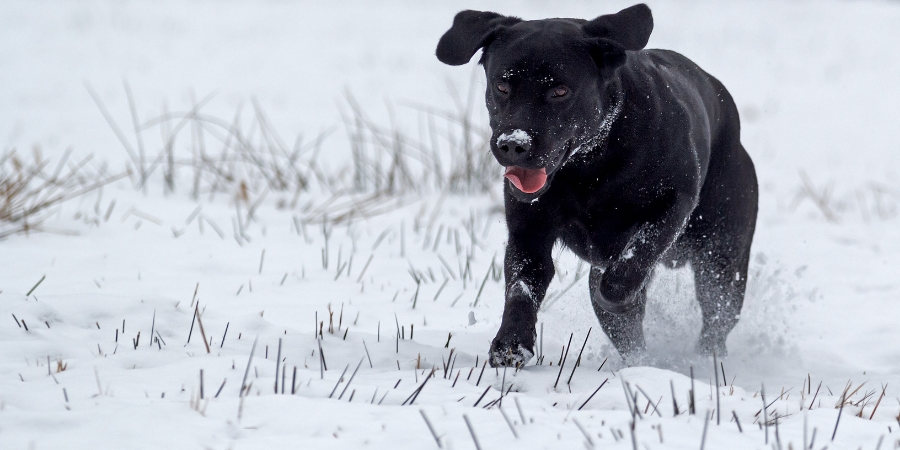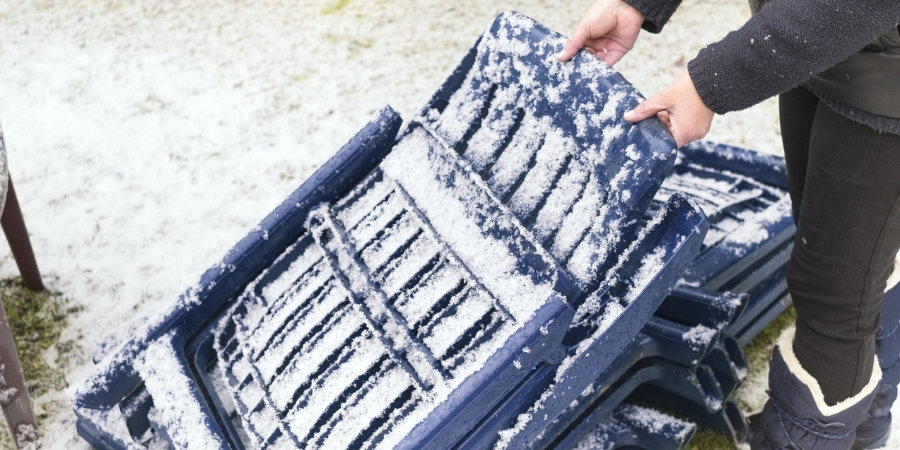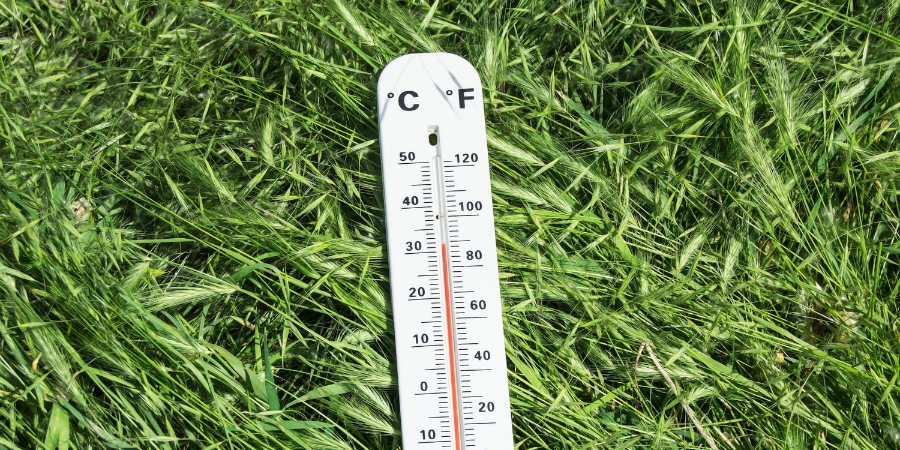Never Do This to Your Lawn: Winter Edition
- Milorganite AgronomistFebruary 23, 2019
None of us likes to be told what to do or not to do. In some cases, when we’re told to not do something, it’s even more motivation to do it! (Sorry, mom and dad.)
We don’t mean to reprimand you. There are certain things you simply shouldn’t do to your lawn at certain times of the year. Each season I’m going to highlight what to not do or neglect to do to maintain your lawn this winter.
We can’t make blanket statements for every area of the country. Spring comes a whole lot earlier in the south than the north, for example. There’s also that wide swath of the country, the transition zone, that sits between the north and south where recommendations are often regional or encompass very small areas—microclimates. When in doubt, contact your area university extension office; they’ll have information specific to your area.
We want you to have the healthiest, most beautiful lawn possible. So please don’t do or neglect to do these things when it comes to winter lawn care.
North
Don’t walk on your lawn!
To minimize winter damage, try to avoid walking on your dormant lawn and definitely don’t move heavy landscape equipment across it. Do you have kids and dogs like me? We know there’s only so much we’re able to do.

Blades of grass have an ingenious way of surviving the freezing cold. Ice crystals form between the cells, actually protecting them from damage. The pressure from walking on turfgrass or moving anything heavy causes the ice crystals to pierce the very cell walls they’re trying to protect. Walking on the grass probably won’t kill it, but do you really want to deal with brown patches in spring?
The weight of heavy landscape equipment on a dormant lawn will crush the delicate crowns, which may damage or even kill the grass. Vehicles parked on winter-weary lawns for a period of time will most certainly kill the grass beneath the tires and compact the soil.
Don’t leave stuff on your lawn!
Remember as a kid being told to pick-up your room? The same holds true now for your lawn. Do an occasional sweep of the lawn throughout the winter. Objects left or fallen on the lawn during winter can create dead spots. Grass blades can be damaged or suffocated, and the soil compacted by larger, heavier objects, like a tree limb. In spring, the affected areas will be thinner, stunted or dead.
You should already have raked up autumn leaves to avoid wet mats of suffocating leaves in the spring. If you didn’t, I’ll remind you this fall.
Okay. You’ve probably identified the contradiction here: don’t walk on your lawn, but remove anything that may cause damage to your lawn, which would entail walking on your lawn. It’s the lesser of two evils for winter lawn care. Removing something that could damage or kill a large area of grass, for example, outweighs the potential damage of walking on the lawn. None of this is cut and dry.

South
While the north may still be braving the arctic cold, many in the south are starting to enjoy early spring. Here’s what not to do or neglect to do to your lawn this winter.
Don’t fertilize too early!
During the winter months, grass is likely dormant if you haven’t been irrigating. When you fertilize too early in spring—meaning it’s still winter— you’re providing nutrients before the grass has broken dormancy. It won’t be able to immediately take advantage of the nutrients you provided.
Although the dormant grass may not be terribly hungry, chances are there are any number of cool-season weeds just waiting for a meal. You’re feeding the invading weeds, giving them a head start on the grass.
Fertilizing too early also encourages grass to focus on shoot growth, sacrificing root growth. Deeper, healthier roots support a healthier, weed-resistant lawn. The annual fertilization schedule Milorganite recommends coincides with the growing cycle of grass.
A good rule of thumb to determine when it’s time to fertilize in spring is to monitor air and soil temperatures. When daytime temps are consistently in the 70s the soil temp is likely in the 60s, the minimum temperature range for spring fertilization.

There’s also a soil temperature map produced by GreenCast you can use to determine soil temperature in your area. Just enter your zip code, and you’ll get the current, 24-hour average and 5-day average soil temperature, which is measured to a depth of 10 cm—just shy of 4”. Now you’ll be able to determine the best time to fertilize.
If you’re in a colder climate, you’ll transfer from winter lawn care to spring lawn care after the last frost, and your lawn begins to grow and turn green. Fertilize following the Milorganite fertilizer application rates and schedule. Check with your local municipality before you fertilize, as there may be guidelines specific to your area for when to fertilize and how much fertilizer to use.
Don’t aerate the lawn in winter!
Winter is the least desirable time of year to aerate your lawn, whether it’s cool-season or warm-season grass varieties.
Determining when it’s the best time to aerate is based on the variety of grass, not necessarily the climate. So, it’s important to know the grass variety or mix you have to determine the best time to aerate. This is especially true in the transition area of the country where both cool- and warm-season grasses may grow.
In general, the best time to aerate warm-season grasses is after the weather starts to warm up and the grass is actively growing—mid-spring through early summer. Avoid aerating during heat waves and drought. It puts too much stress on the lawn.
Don’t walk on the lawn!
Minimize foot traffic on your lawn or at the very least try to avoid repeated foot traffic on the same area. Dormant turfgrass isn’t able to quickly repair itself. A stressed, weakened, dormant lawn is more susceptible to weeds in spring.
How to maintain a healthy lawn includes things we shouldn’t do to our lawns, depending on the season. Winter is probably the easiest season of all to maintain your lawn because it’s more about what you don’t have to do.
Enjoy the lawn-care break as we all look forward to spring!

